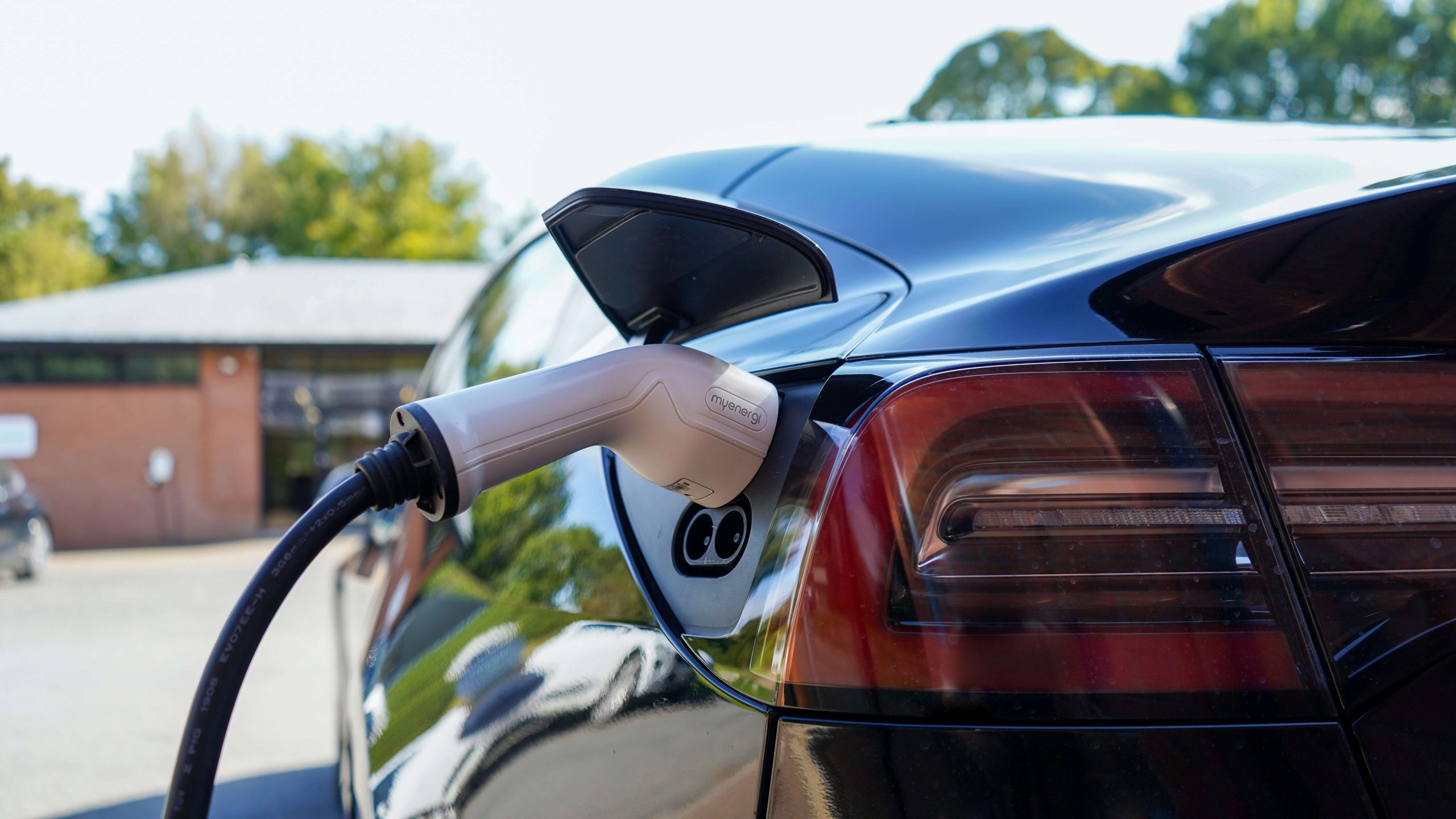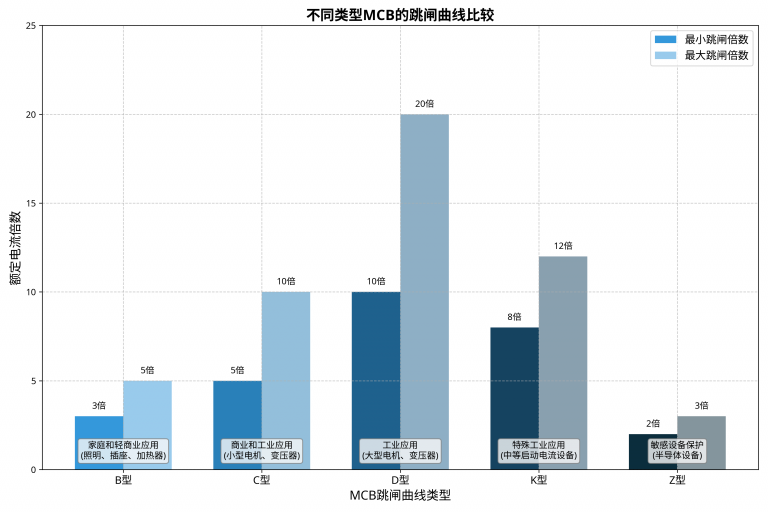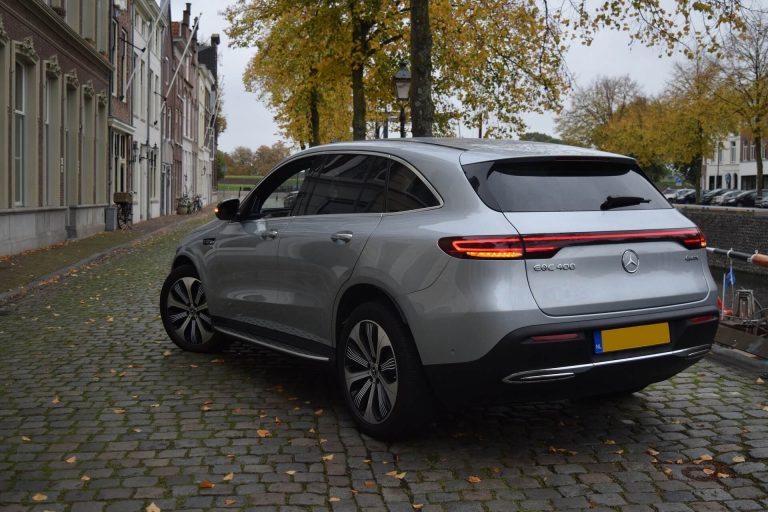Are The Charging Ports Of New Energy Vehicles The Same? Let’s See The Difference
On Major Online Platforms, We Often See Questions From Netizens:
Are The Interfaces Of New Energy Vehicles All The Same?
Can Household Three-prong Socket Be Used?
What Is The Difference Between An Electric Vehicle Charging Pile And A Place To Plug In Yourself?
With The Promotion Of National Policies, New Energy Vehicles Have Developed Rapidly In Recent Years, And More And More Car Owners Buy New Energy Vehicles. However, A Blue Ocean Market Will Inevitably Give Birth To Many Emerging Brands, Or Attract Big Players To Enter The Market. Therefore, The Current New Energy Vehicle Industry Is In A Stage Where A Hundred Flowers Are Blooming And A Hundred Schools Of Thought Are Contending. Based On This, Infrastructure Construction Policies For Charging And Swapping Batteries Have Been Successively Introduced Across The Country To Meet The Needs Of New Energy Vehicles.
However, Car Owners Of Different Brands Will Inevitably Have Many Questions Like The Beginning Of The Article When Faced With Unified Construction Of Charging Pile Equipment And Various Charging Products Such As Portable Charging Guns On The Market. In This Article, The Priority Is To Discuss The Issue Of “whether The Interfaces Of New Energy Vehicles Are Consistent”.
To Answer This Question, We Have To Go Back To The Relevant Standards Of Charging Piles.
01 Detailed Count Of The Five Major International Charging Pile Standards
At Present, There Are Mainly Five Charging Pile Standards In The World, Namely: Chinese National Standard Gb/t, Ccs1 American Standard (combo/type 1), Ccs2 European Standard (combo/type 2), Japanese Standard Chademo, And Tesla Has Its Own An Independent Set Of Charging Interface Standards.
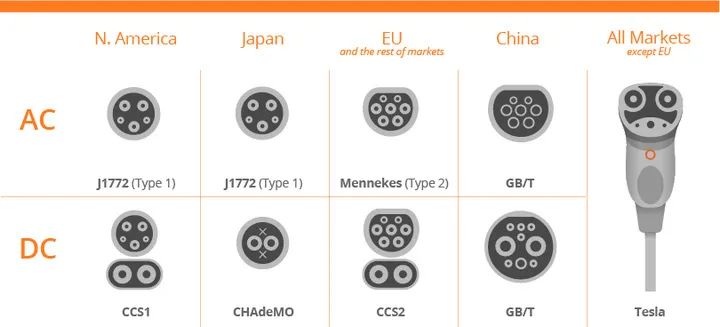
★ Ccs1 Miji (combo/type 1)
Both The American Standard And The European Standard Belong To The Ccs (combined Charging System) Combined Charging System Standard. In 2012, Ford, General Motors, Volkswagen, Audi, Bmw, Daimler, Porsche And Chrysler, Etc., Issued A Statement On The Establishment Of A Unified Fast Charging Standard For Electric Vehicles, And Then Jointly Promoted The Css Standard, Which Was Soon Received By The United States. , German Automobile Industry Association Recognition.

The Charging Interface Corresponding To The Ccs Standard Has The Advantage Of Integrating Ordinary Charging And Fast Charging Into One Plug And Socket, Using Single-phase, Three-phase Alternating Current And Direct Current, And Has Gradually Become The First Choice In The United States, European Union Countries, South Korea, Singapore, India, Russia And Other Countries. The Universal Charging Pile Standard.
★ Ccs2 European Standard (combo/type 2)
After 2010, The European Union Faced Fierce Competition From Japanese Charging Pile Standards In The Promotion Of Charging Pile Standards. In September 2014, The European Union Passed The “directive On Construction Of Alternative Energy Infrastructure”, Proposing To Ban Public Charging Stations From Building Japan’s Chademo Standard Charging Piles From 2019. . The Electric Vehicle Charging Network In Europe Is Required To Implement The Ccs Type 2 Charging Pile Standard, And Ccs Type 2 Has Gradually Become The Main Charging Pile Standard In Europe.
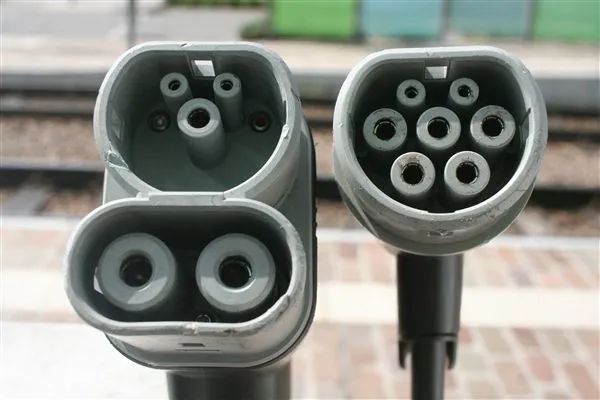
The Left Is The Ccs Combo Charging Port, And The Right Is The European Standard 2 Charging Port
Under The Ccs Type 2 Standard, In The Dc Fast Charging Mode, The Voltage Is 500v And The Output Current Is 200a. It Only Takes 30 Minutes To Fully Charge An Electric Vehicle With A Cruising Range Of 350 Kilometers.
At Present, European Brands Such As Bmw, Mercedes-benz, And Audi All Support Ccs Type 2 Standard Charging Piles.
★ CHAdeMO standard
The Chademo Standard Is A Standard Launched By The Japan Electric Vehicle Association And The Japan Electric Vehicle Charging Association. In March 2010, Japan’s Major Automakers, The Country’s Largest Electric Vehicle Company, And The Government Jointly Implemented A Plan To Create Fast Charging Standards For Electric Vehicles, And Released The Chademo Standard. Chademo, Translated Into Chinese Means “charging Time Is As Short As Tea Break”. It Can Be Seen That This Is A Standard For High-power Fast Charging.

Japan’s Largest Automakers Such As Toyota, Nissan, Mitsubishi And Tokyo Electric Power Company, Etc. Support The Standard. Electric Vehicles Such As Nissan Leaf, Mitsubishi I-miev And South Korea’s Kia Soul Ev That Were Successfully Introduced To The World In The Early Days Also Adopted This Standard. In 2012, The Chademo Standard Was Extended To 24 Countries.
★ Gb/t Chinese National Standard
As Early As Around 2010, When The Domestic Electric Vehicle Industry Was Just Emerging And Developing, The Industry Began To Discuss China’s Use Of Electric Vehicles To Achieve Cornering Overtaking In The Automotive Industry, And To Compete With European, American, Japanese And Other Automotive Powerhouses For The Formulation Of Global Charging Standards. However, The Immaturity Of The Industry And The Instability Of Electric Vehicle Technology In The Early Stage Of Domestic Electric Vehicle Development Have Led To A Situation Where The Focus Is On Vehicle Manufacturing, And Service Facilities And Standard Construction Are Lagging Behind.
On December 28, 2015, The General Administration Of Quality Supervision, Inspection And Quarantine, The National Standards Committee, And The National Energy Administration, The Ministry Of Industry And Information Technology, And The Ministry Of Science And Technology Issued A Newly Revised Five New National Standards For Electric Vehicle Charging Interfaces And Communication Protocols. It Will Come Into Effect On January 1st.
★ The New Standard Includes 5 Items:
Gb/t 18487.1-2015 “general Requirements For Electric Vehicle Conductive Charging System”
Gb/t 20234.1‐2015 “connection Devices For Conductive Charging Of Electric Vehicles – General Requirements”
Gb/t 20234.2‐2015 “connecting Device For Conductive Charging Of Electric Vehicles – Ac Charging Interface”
Gb/t 20234.3 ‐2015 “connecting Device For Conductive Charging Of Electric Vehicles – Dc Charging Interface”
Gb/t 27930-2015 “communication Protocol Between Off-board Conductive Charger And Battery Management System For Electric Vehicles”
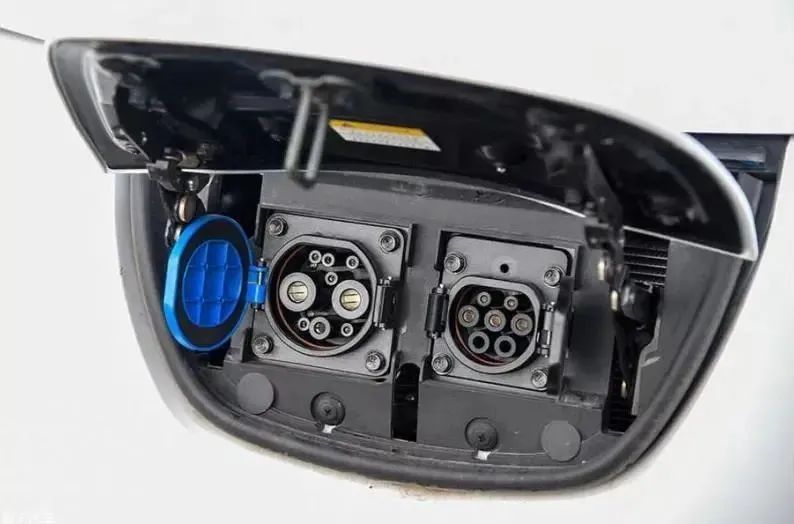
The New Standard Has Formulated Effective Specifications For Charging Interface, Communication Protocol, Safety And Compatibility And Other Aspects. The Implementation Of The New Standard Is Also Gradually Ending The Bad Situation Where Charging Pile Operators Are Fighting Each Other, With Different Interfaces, And The Incompatibility Between Vehicles And Piles.
★ Tesla Standard
Tesla Has Its Own Charging Standard, Which Claims To Be Able To Charge More Than 300 Kilometers In 30 Minutes. Therefore, The Maximum Capacity Of Its Charging Socket Can Reach 120kw, And The Maximum Current Can Reach 80a.
Tesla China Revealed In Its Global Production And Delivery Report For The Second Quarter Of 2022 That So Far, The Company Has Opened More Than 1,200 Super Charging Stations In Mainland China, And The Total Number Of Charging Piles Exceeds 8,700. At Present, Tesla’s Proprietary Charging Network Has Covered More Than 370 Cities.
02 Are The Charging Ports Of New Energy Vehicles The Same?
After Understanding The Mainstream Standards In Detail, Some Of The Questions Raised By Netizens Can Be Easily Solved.
From The Perspective Of The International Market, The Charging Interfaces Of New Energy Electric Vehicles Are Not All The Same. At Present, The Charging Interface Standards Have Not Been Unified Internationally, But My Country Has Issued Relevant Regulations In The New National Standard To Unify Domestic New Energy Electric Vehicles. Interface Standard.
Therefore, As Long As The New Energy Vehicles That Meet The Corresponding Charging Interface Standards Are Consistent, The Charging Interfaces That Meet The Requirements Of China’s New National Standard Are Also Consistent. If Not, You Need Special Charging Pile Equipment, Or Use A Conversion Connector.
Taking Tesla As An Example, The Domestic Tesla Meets The National Standard, Which Is Consistent With Other Domestic New Energy Vehicles. Pile, A Converter Must Be Used.
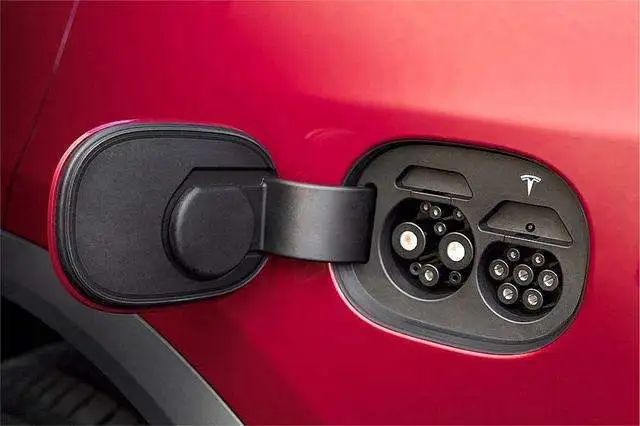
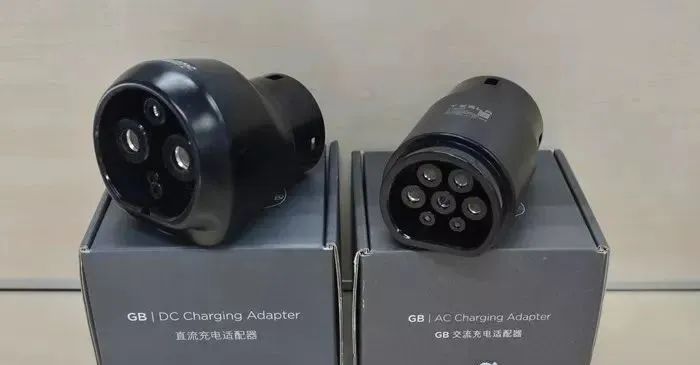
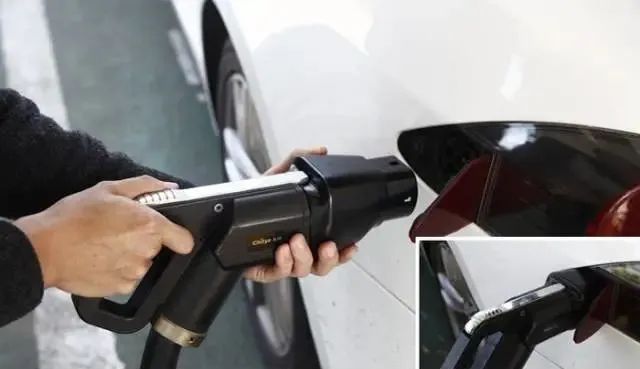
Tesla Charging Connector Adapter
In Addition, At Present, Most Electric Vehicles In My Country Have Both Fast Charging Ports And Slow Charging Ports.
Fast-charging Direct Current Is Directly Stored In The Power Battery; While Slow Charging Requires An On-board Charger To Convert Alternating Current Into Direct Current And Then Recharge It Into The Power Battery.
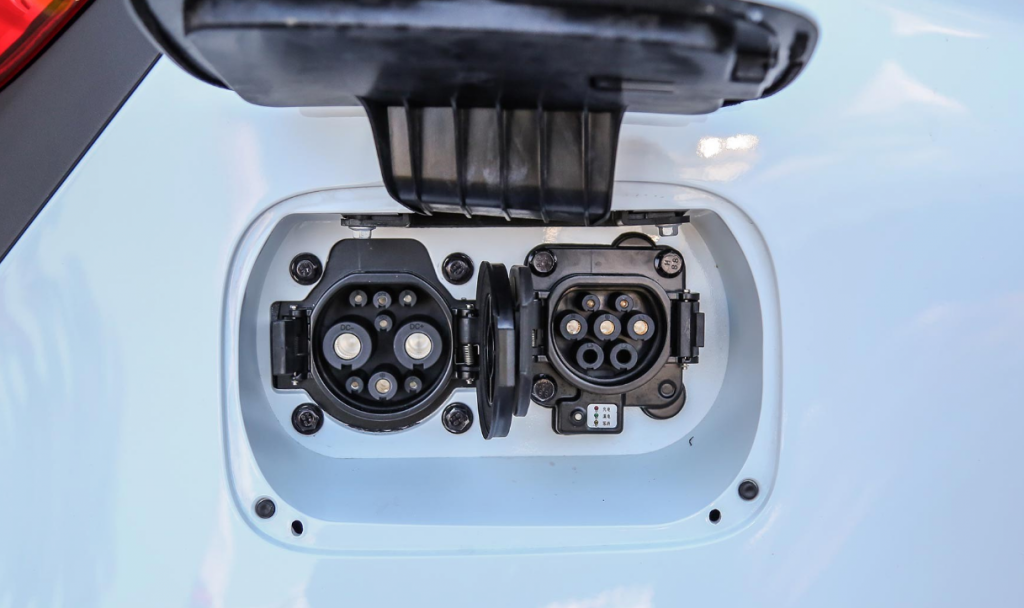
Dc Slow Charging (left) And Ac Fast Charging (right) Of New Energy Vehicles Made In China
Generally Speaking, The Supporting Public Facilities Are Dc Charging Piles. The Dc Charging Pile Has Certain Damage To The Battery, Which Will Increase The Battery Replacement Cost Of The Car Owner.
There Are Also Some Electric Vehicles That Only Have One Charging Mode And One Charging Interface Due To The Consideration Of Vehicle Cost And Battery Capacity.
